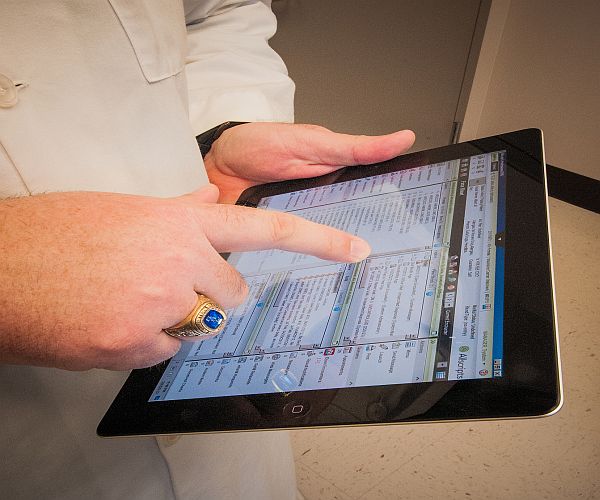With the advent of portable electronic devices to record vitals and health related findings, it has become feasible for healthcare providers to monitor their patients remotely without having them to visit their offices. This also helps in the early diagnosis of an untoward incident and reduces the time lag from the occurrence of an incident to the action taken, especially in critical access areas. But it is crucial that the health related information recorded by these vital devices is delivered quickly and efficiently to the healthcare provider.
Our Remote Health Management Framework is designed to “Bring Patients and Providers closer”. It helps a wide array of medical devices to integrate with various clinical information systems such as an EHR. It helps providers monitor the patients remotely by making use of the following components:
Remote Patient Monitoring Devices:
Today patients and health workers can carry diagnostic devices to their homes and operate them very easily. Some examples of these devices include Glucometer, BP monitor, Pulse Oximeter, Portable USG, Thermometer, Vitalograph and Web Cams. These electronic medical devices have the ability to transfer data to local devices using standard communication methods such as USB, Bluetooth, Wireless, FTP, HL7 LLP and RS232 Protocol, among others. Using these communication protocols, the medical devices send clinical data to a device manager and communication solution which is located close to the patient.
Remote Device Manager/Communication Solutions:
The Remote Device Manager uniquely identifies the device used to send the data. It may also capture and maintain the patient details, the date and time of received data and the related clinical findings. If required, these clinical findings can also be stored locally by the device manager. The device managers can be built on various technologies and can be operated using various hardware platforms such as mobiles, laptops or palmtops that are already available in the market. Inbuilt device managers or custom developed hardware platforms are also available with some advanced medical devices. Apart from capturing and storing the clinical information, the device manager also acts as a gateway for sending the clinical data to a remote location or server via the internet or private networks.
Web Based Solution:
The data sent by various device managers available at remote locations is received by a central server. This central server supports various functions such as device identification and authentication, APIs for requesting data from device managers, and running diagnostic services on the received data along with storing/uploading the data. Once the data is properly identified, authenticated, organized and stored in the data hub, it can be used to perform various functions.
A HIPAA security and privacy compliant web-based solution can be created to render the clinical data of a particular patient to the provider. It can be used to trigger rule-based alerts and reminders for the providers and perform detailed analysis of the patient data using customized dashboards. Real-time video consulting is also possible with the aid of nearby attendant. The patients can view the trends of their findings on a patient portal and take necessary actions accordingly. They can communicate in real-time with the concerned providers through messages, chats and video streaming. A lot of other clinical, administrative and research functions can also be performed based on the available data.
EHR Integration:
The web-based solution can be integrated with clinical software such as EHRs or EMRs to incorporate clinical findings of the medical devices directly with the patient’s health record. The medical device managers can also be integrated directly with the EHR. The EHR integration can be done using standards based APIs while taking care of all the necessary privacy and security requirements.
This is a brief introduction to our Remote Health Management Framework which helps bring the patient data to the healthcare provider’s fingertips in real-time and bridges the gap between providers and patients. We can help our clients by developing an end-to-end solution or build different components in it and make them work efficiently seamlessly by utilizing our remote health management framework.

